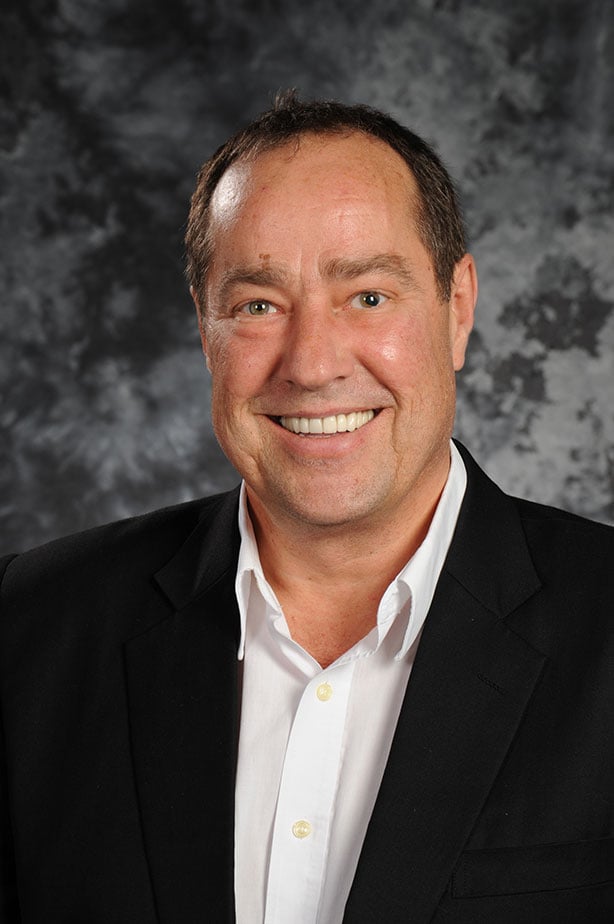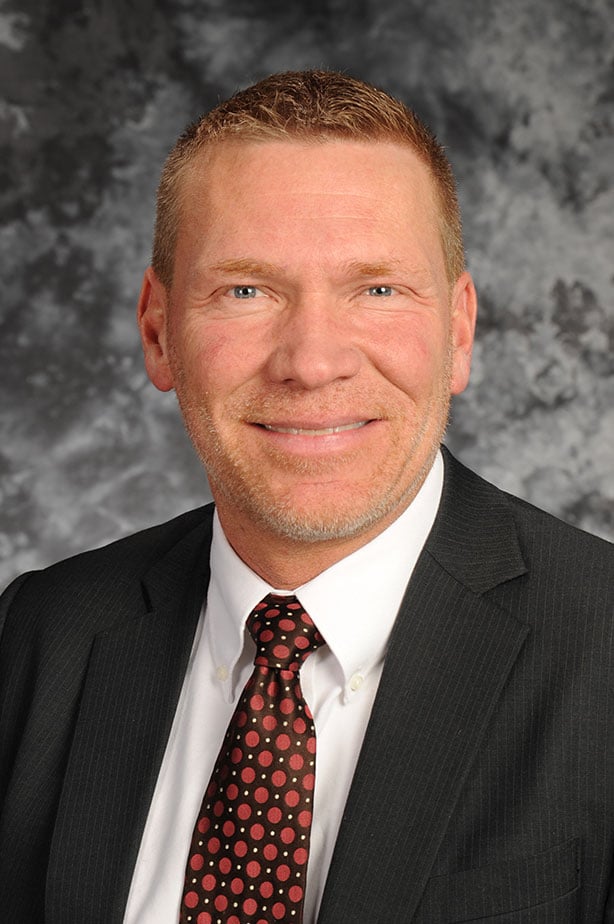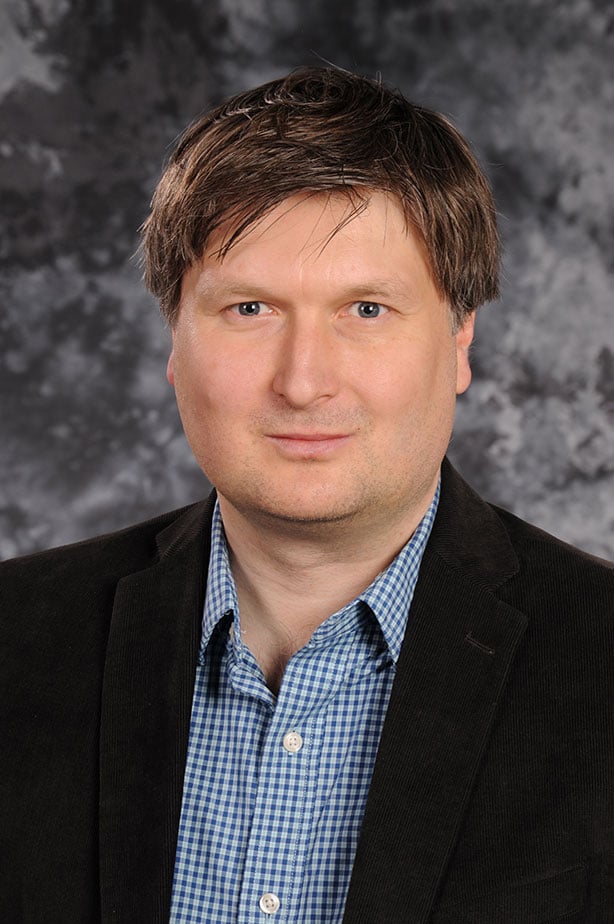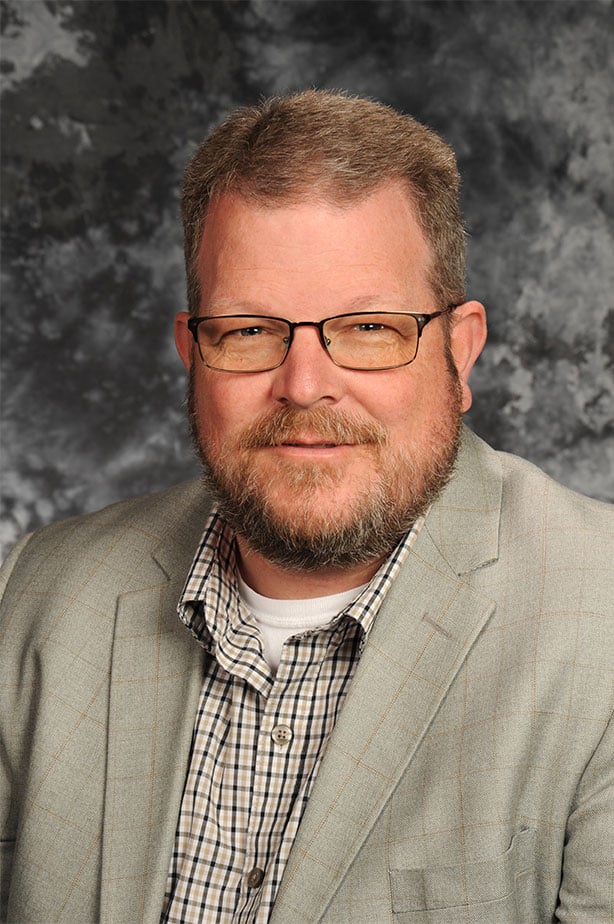Glenn T. Seaborg Institute

The Glenn T. Seaborg Institute (GTSI) at Idaho National Laboratory (INL) is committed to the development of talented researchers who pursue the chemistry and behavior of the actinide elements. GTSI-INL seeks to push the boundaries of understanding of the actinide elements through innovative and quality research. It joins a consortium of other institutes around the United States and exists as a tribute to Dr. Glenn T. Seaborg, who co-discovered multiple elements, including plutonium, and committed his life’s work to the advancement of actinide chemistry.
Vision
Mission
Goals
- Produce the highest quality research results that will impact and increase understanding of actinide bearing systems important to DOE and other national priorities.
- Produce the highest quality scientists and engineers that will fill the national needs in national security, energy and environmental policy, and cutting edge science.
- Bring INL to primacy in cutting edge actinide science.
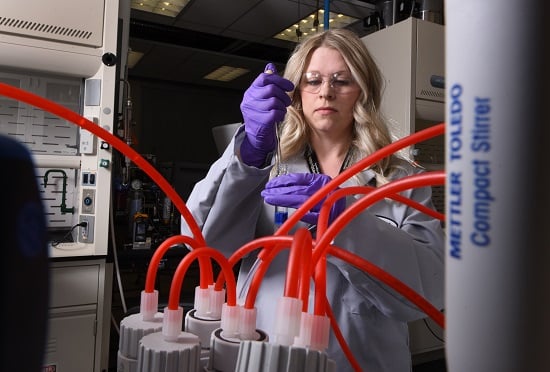
Solution Phase Actinide Chemistry and Physics

Solid State Actinide Chemistry and Physics
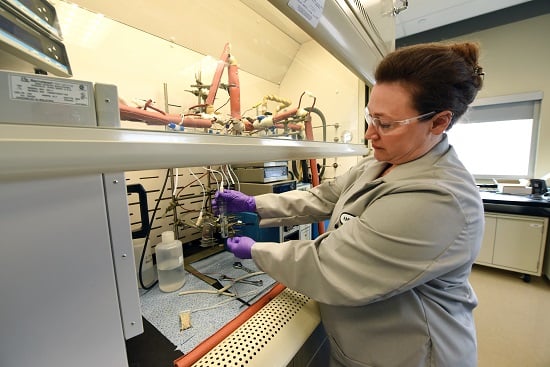
Actinide Forensics
and Standards
Applications for distinguished postdoctoral appointments in 2023 will be accepted from Sept. 1 through Dec. 31. Please refer to INL Careers to apply.
History
The mission of GTSI-INL, launched in 2018, is to nurture researchers and emphasize actinide work. The institute features a postdoctoral research program and community educational outreach for the purpose of developing the next generation of actinide scientists. GTSI-INL was inspired by the three other Glenn T. Seaborg institutions within the DOE complex that were active at the time, Los Alamos National Laboratory (LANL), Lawrence Livermore National Laboratory (LLNL), and the GTS Center at Lawrence Berkeley National Laboratory (LBL). The program facilitates basic actinide research to help the U.S. maintain a dominant position in the area of advanced actinide science.

About Glenn T. Seaborg
Dr. Seaborg (1912-1999) is widely recognized as the father of the modernized Periodic Table of Elements after he suggested that the elements 89 to 103 be placed in a series below the lanthanide elements. This breakthrough allowed him to predict the properties of new elements and led to his discovery of multiple new elements including plutonium, americium, and the element that bears his name, seaborgium. It cannot be overstated how much he impacted modern society. His discoveries, along with those of many other important researchers, ushered in the modern nuclear age and led to the widespread use of nuclear energy and countless radiological advancements in medical, household, and military applications. He served as an adviser to multiple U.S. presidents and organizations that shaped nuclear policy and research direction. In his later career, he became concerned with the lack of new researchers entering the field of actinide studies. He was instrumental in the establishment of the first Glenn T. Seaborg Institute with the twofold mission of encouraging the development of new researchers and the advancement of the scientific understanding of the f-block elements.
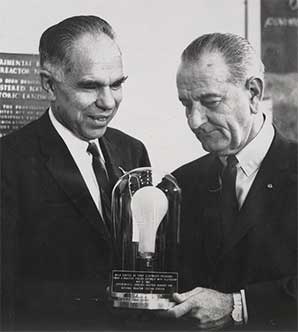
More information
Current Postdocs
Postdoc Program
The postdoc program at GTSI-INL provides opportunities to highly qualified individuals who have a specific interest in actinide chemistry as it relates to basic science, the nuclear fuel cycle, reactor operation and engineering, waste minimization and treatment, and other technical fields. Various sources of funding can be leveraged to support this research and will differ in each case. Interested individuals are encouraged to contact Don Wood at [email protected].
Current Postdocs at GTSI-INL
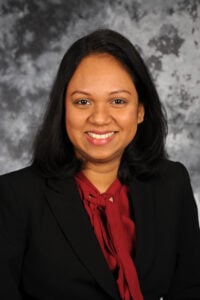
has expertise in synthesizing and characterizing lanthanide- and actinide-based compounds. She has studied uranium-based metal-organic nanotubes and actinide intermetallic materials suitable for long-term nuclear waste storage. She is interested in exploring the impact of contaminants in the speciation of actinide salts related to molten salt reactors. These contaminants can affect the rheological properties (i.e., density, viscosity, and Newtonian ideality), which inherently affects the flow and heat transfer properties of the reactor salt.
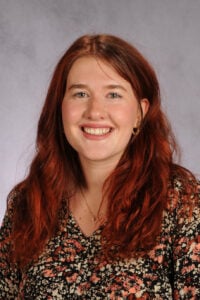
Dr. Amy Kynman has expertise in synthetic f-block chemistry and catalysis. Her previous research focused on the photochemical reactivity and electronic structure studies of lanthanides and actinides. At INL, she is interested in the fundamental mechanisms underpinning the photochemistry and radiation chemistry of the actinides and how this knowledge can reduce the long-term impact of used nuclear fuel, i.e., through developing novel fission product separation techniques and new synthetic routes to useful materials.
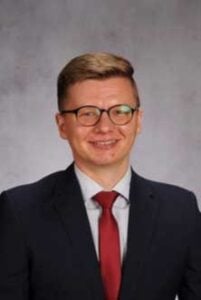
Dr. Volodymyr Buturlim obtained his doctorate in condensed matter physics from Charles University in Prague, Czech Republic. During his doctoral studies, he investigated the electronic and magnetic properties of localized and delocalized 5f electron systems, primarily uranium-based materials, and developing theoretical models that improve our understanding of these materials for energy applications. Buturlim has extensive expertise in the synthesis and characterization of single crystalline and thin film materials. He is interested in the role of 5f electron correlations and their impact on the peculiar magnetic, heat and electron transport properties of actinide materials. His work not only deepens theoretical knowledge in condensed matter physics but paves the way for practical applications of studied materials, particularly in fields related to energy efficiency and storage.
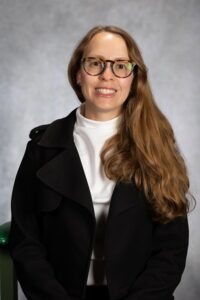
Dr. Castro Baldivieso’s interests include the thermodynamic properties of rare earth alloys using molten salt electrolytes. She also researches the electrochemical properties and kinetic properties of Gd-Bi alloys in molten chlorides, oxide reduction of rare earth elements coupled with transition metal oxides in molten chloride salts and the electrochemical deposition of rare earths using ionic liquid and molten salts.
Glenn T. Seaborg Distinguished Postdoc Research Associate
For more than six decades, Idaho National Laboratory scientists and engineers have helped solve some of the nation’s most pressing energy, environment, and national security challenges. The advancement of actinide chemistry and physics is a fundamental part of the INL mission. In order to support that effort, the laboratory is offering a valuable opportunity for top Ph.D. researchers in related fields.
The Glenn T. Seaborg Distinguished Postdoc program is designed to nurture early-career Ph.D. scientists and engineers with a specific focus on the actinide elements in support of nuclear energy, nuclear fuel cycle, waste treatment, and proliferation topics. This highly competitive appointment will provide the candidate with a very structured environment centered on specific research topics while allowing flexibility to further the candidate’s interests. The full support of the national laboratory, along with energetic and talented colleagues, will offer the candidate an excellent opportunity for development of a rewarding career in this field.
Ideal candidates will have exceptional talent, scientific track records, and potential to become impactful players in the field of actinide studies. The preferred candidates will have experience and interest in solid-state chemistry, nuclear physics, solution chemistry, materials science, radiation chemistry, and other actinides-related fields.
The Glenn T. Seaborg Distinguished Postdoc appointment awards up to two years of research support to the selected candidate with a possible one-year extension. The GTSI-INL mission is to develop the candidate for a possible long-term career following a successful appointment.
Past Postdocs
Past Postdocs at GTSI-INL
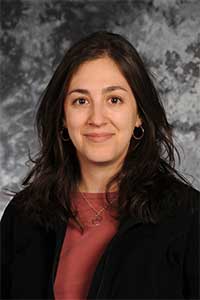
Dr. Rocio Rodriguez Laguna is an expert in sensor technology related to molten salts and other extreme environments.
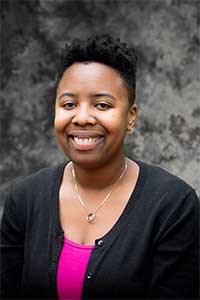
Dr. Trishelle Copeland-Johnson is a materials engineering researcher interested in optimizing the high-performance of materials by developing property-performance relationships using materials characterization techniques and chemical engineering principles. Her application experience includes biomaterials for therapeutic treatments for articular cartilage, oxidation resistance of nuclear fuel rods, thin-film solar technologies and industrial lubricants.
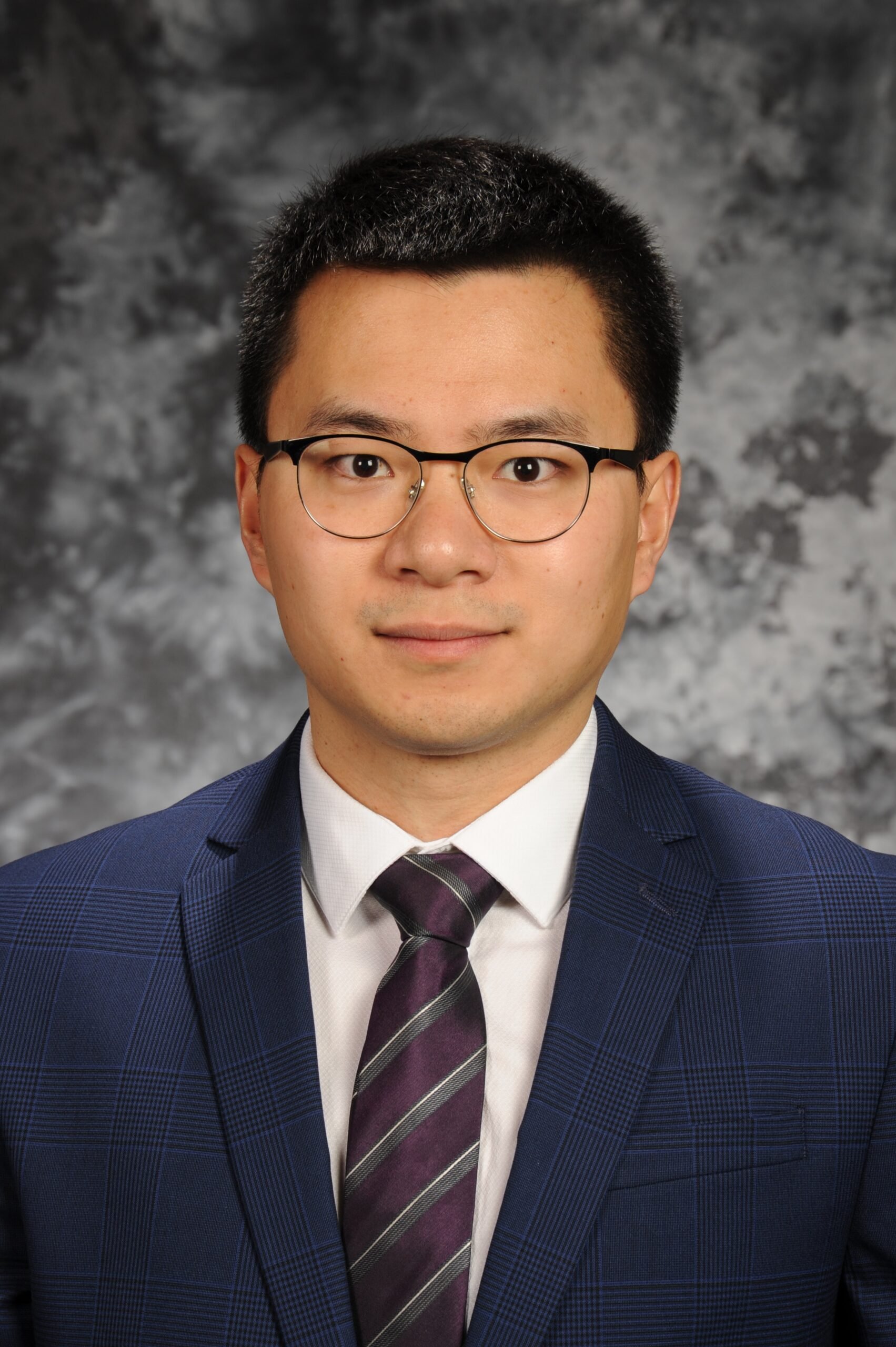
Dr. Xiaxin Ding is a recognized expert in quantum magnetism, multiferroics, and strongly correlated systems.
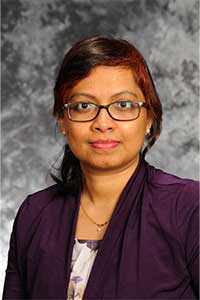
Dr. Firoza Kabir is an expert in the measurement of thermal, magnetization, and transport properties of topological, quantum, and correlated materials as well as the spectroscopic characterization of 5f electron.
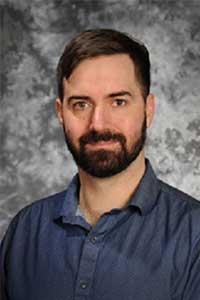
Dr. Thibaut Lecrivain is an expert in the separation of actinide and fission products in liquid solutions with application to the fuel cycle and isotope production.
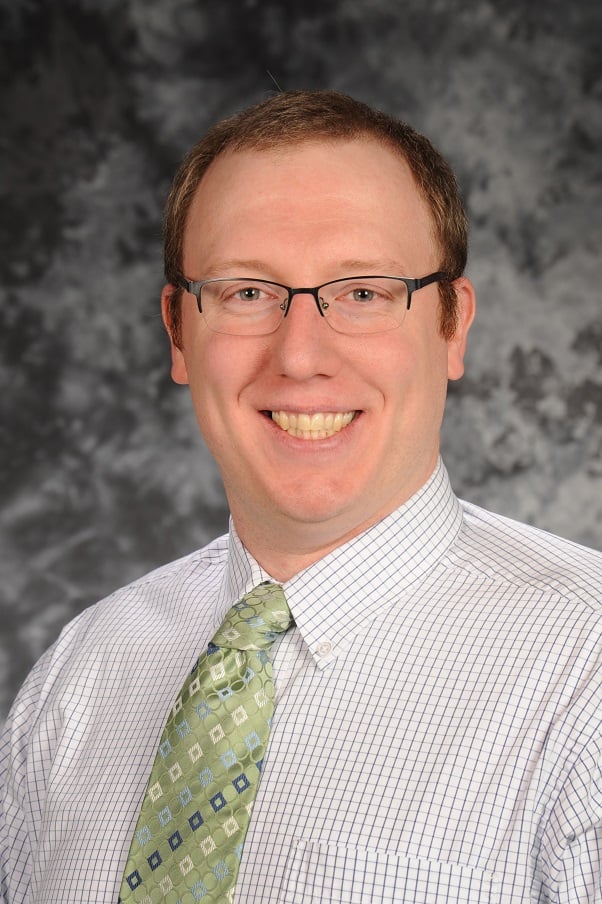
Dr. Corey Pilgrim’s expertise includes solution and solid-state nuclear magnetic resonance spectroscopy, complexation thermodynamics and kinetics, actinide chemistry, radiation chemistry, high-pressure spectroscopy, aluminum chemistry, and material characterization.
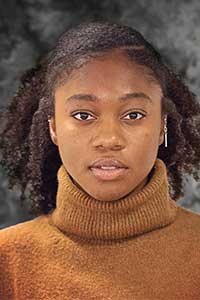
Dr. Charlyne Smith’s expertise includes elucidation of the mechanisms responsible for the formation of the high burnup structure in nuclear fuel. She is interested in advanced characterization and post-irradiation examination to understand nuclear fuel evolution for qualification. She has a professional interest in the development of nuclear engineering education.
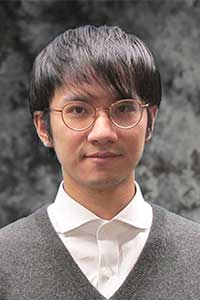
Dr. Shuixiang Zhou’s research interests lie in nuclear material performance, including phonon behavior, elastic properties, and electron and thermal transports under various conditions using advanced computational methods, such as density functional theory and machine learning.

Dr. Yi Xie’s research interests include corrosion in nuclear systems, advanced nuclear fuel, sensor materials, technology development, advanced sintering technology development and geological repositories of radioactive waste. The research focuses on fundamental understanding and engineering applications of nuclear materials, including materials exposed to extreme environments under irradiation and complex chemistry conditions. She designed and developed multiple complex test systems for nuclear materials study. She has extensive experience in advanced fuel fabrication, characterization and development, based on her work at INL and Purdue University.
Collaborations
- Thomas Albrecht-Schoenzart at Colorado School of Mines (Joint Appointment)
- Center for Quantum Actinide Science and Technology
- Center for Radiation Chemistry Research
Publications
Publications related to Glenn T. Seaborg Institute (GTSI)
- Trowbridge, T.L., Jue, J.F., Salvato, D., Anderson, S. Smith, C.A., Miller, B.D. Keiser, D.D., Giglio, J.J. Cole, J.I. “Effect Of Heat Treatment On The Microstructure Of Medium Burn-Up U-Mo Monolithic Fuel Foils” Journal Of Nuclear Materials, 2024, 593, 155002.
- Smith, C., Bawane, K, Gan, J., Keiser, D., Salvato, D., Bachhav, M., Jue, J.F., “The Role of UC Inclusions In The Development Of Fission Gas Bubble Superlattice Neutron-Irradiated Monolithic U-10 Fuels”. Journal Of Nucl. Materials, 2023, 581, 154474.
- Smith, C.A., Jue, J.F., Trowbridge, T., Keiser, D., Madden, J., Robinson, A., Giglio J. “Possible Impacts of Mo Chemical Banding And Second Phase Impurities On The Irradiation Behavior Of Monolithic U-10Mo Fuels”. Journal Of Nucl. Materials, 2023, 576, 154264.
- Jue J.F., Trowbridge, T.L., Smith, C.A., Miller B.D., Keiser, D.D. Giglio, J.J., Cole, J.I. J.F, Di Lemma, F.G. “Annealing Influence On The Microstructure Of Irradiated U-Mo Monolithic Fuel Foils”, Nuclear Materials And Energy 2023, 35, 101436.
- Smith, C., Bawane, K, Salvato, D., Bachhav, M, Keiser, D., Miller, B., Gan, J., Jue, J.F. Choe, D., Gilbreath, P, Hanson, W., “Early Self-Organization Of Fission Gas Bubble Superlattice Formation In Neutron-Irradiated Monolithic U-10Mo Fuels” Idaho National Labor Journal Of Nuclear Materials, 2023, 578, 154358.
- Jahinge, T. H. L., Payne, M. K., Unruh, D. K., Jayasinghe, A. S., Yu, P., Forbes, T. Z., “Characterization of water structure and phase behavior within metal-organic nanotubes”. Langmuir, 2023, 39 (51), 188899-18908.
- Charlyne Smith, Jan-Fong Jue, Dennis Keiser, Tammy Trowbridge, Brandon Miller, Adam Robinson, Alexander Winston, Jeffery Giglio. “An investigation of the failure modes in U-10Mo monolithic fuel irradiated to high burnup”. Journal of Nuclear Materials 575, 2023, 154202.
- Charlyne Smith, Kaustubh Bawane, Dennis Keiser, Mukesh Bachhav, Brandon Miller, Daniele Salvato, Jian Gan, Jan-Fong Jue, Dong Choe, Paul Gibreath, William Hanson. “Early self-organization of fission gas bubble superlattice formation in neutron-irradiated mononlithic U-10Mo fuels”. Journal of Nuclear Materials. Online. 154358.
- Binod K Rai, Alex Bretaña, Gregory Morrison, R D M Greer, Krzysztof Gofryk and Hanno Zur Loye. “Crystal structure and magnetism of actinide oxides: A review”. Reports on Progress in Physics. DOI 10.1088/1361-6633/ad38cb
- Omar Alejandro Salas, Yohannes W. Getahun, H. Cein Mandujano, Felicia Manciu, Mariana Castellanos, Jorge Lopez, Raquel Garza Hernández, Volodymir B. Buturlim, Krzysztof Gofryk, Dhanpal Bairwa, Suja Elizabeth and Harikrishnan S. Nair. “Resilience of the Aurivillius Structure Upon La and Cr Doping in a Bi5Ti3FeO15 Multiferroic”. Dalton Transactions, 14, 2024.
- Sabin Regmi, Iftakhar Bin Elius, Anup Pradhan Sakhya, Milo Sprague, Mazharul Islam Mondal, Nathan Valadez, Volodymyr Buturlim, Kali Booth, Tetiana Romanova, Krzysztof Gofryk, Andrzej Ptok, Dariusz Kaczorowski, and Madhab Neupane. “Electronic structure in a rare-earth based nodal-line semimetal candidate PrSbTe”. Phys. Rev. Materials 8, L041201, 2024,
- Jayasinghe, A. S., Stetson, C., Orme, C., Shi, M., Wilson, A. D., “Experimental study of mechanistic factors influencing solvent-driven fractional crystallization of calcium sulfate”. Desalination, 2024, 579, 117474.
- Wilson, A. D., Foo, Z. H., Jayasinghe, A. S., Stetson, C., Lee, H., Rollins, H. W., Deshmukh, A., Lienhard, J. H. “Modeling Henry’s Law and phase separations of water-NaCl-organic mixtures with solvation and ion-pairing”. Physical Chemistry Chemical Physics, 2024, 26(2), 749-759.
- Wilson, A. D., Foo, Z. H., Jayasinghe, A. S., Stetson, C., Lee, H., Rollins, H. W., Deshmukh, A., Lienhard, J. H., “Modeling Henry’s Law and Phase Separations of Water-NaCl-Organic Mixtures with Solvation and Ion-Pairing”. Phys. Chem. Chem. Phys., 2024,26, 749-759.
- Amy E. Kynman, Travis S. Grimes, Jacy K. Conrad, Simon M. Pimblott, and Gregory P. Horne. “Multi-Scale Modeling of Plutonium Radiation Chemistry in Nitric Acid Solutions. 1. Cobalt-60 Gamma Irradiation of Pu(IV)”. Chem. 2024, 63, 18, 8092–8098
- Teng, T.M. Copeland-Johnson, J.D. Tucker, G. Cao, “Accelerated corrosion of Ni-based alloys in molten chloride salts, due to Ni2Cr phase formation,” Materialia, 2023, doi: 10.1016/j.mtla.2023.101875
- M. Copeland-Johnson, C.K.A. Nyamekye, S. Gill, L. Ecker, N. Bowler, E.A. Smith, R.B. Rebak, “Characterization of oxidized Stainless Steel 304 after exposure to beyond design-basis accident temperatures,” Corrosion Science, 2023, doi: 10.1016/j.corsci.2023.111167.
- Charlyne A. Smith, Jan-Fong Jue, Tammy Trowbridge, Dennis Keiser, James Madden, Adam Robinson, Jeffrey Giglio. “Possible impacts of Mo chemical banding and second phase impurities on the irradiation behavior of Monolithic U-10Mo Fuels”. Journal of Nuclear Materials. 576, 2023, 154264.
- K. Conrad, X. Pu, A. Khanolkar, T. M. Copeland-Johnson, C. D. Pilgrim, J. R. Wilbanks, E. H. Parker-Quaife, G. P. Horne, “Radiolytic Gas Production from Aluminum Coupons (Alloy 1100 and 6061) in Helium Environments – Assessing the Extended Storage of Aluminum Clad Spent Nuclear Fuel,” MDPI Materials, 2022, doi: 10.3390/ma15207317.
- Zhou, H. Ma, E. Xiao, K. Gofryk, C. Jiang, M. E. Manley, D. H. Hurley, C. A.
Marianetti, “Capturing the ground state of uranium dioxide from first principles: Crystal distortion, magnetic structure, and phonons”, Physics Review B 106, 125134 (2022) - Jin, M. Khafizov, C. Jiang, S. Zhou, C. A Marianetti, M. S Bryan, M. E Manley, D. H
Hurley, “Assessment of empirical interatomic potential to predict thermal conductivity in ThO2 and UO2″, J. Phys.: Condens. Matter 33, 275402 (2021).
Presentations
- Zhou, H. Ma, E. Xiao, K. Gofryk, C. Jiang, M. E. Manley, D. H. Hurley, C. A. Marianetti, “DFT+U in Uranium Dioxide: Occupation Matrix Control and Phonons”, TMS 2023 Annual Meeting & Exhibition, (2023) Invited.
- Zhou, H. Ma, E. Xiao, K. Gofryk, C. Jiang, M. E. Manley, D. H. Hurley, C. A. Marianetti, “Capturing the ground state of uranium dioxide from first principles: Crystal distortion,magnetic structure, and phonons”, 2nd International Workshop on Theory Frontiers in Actinide Science: Chemistry & Materials (2023)
- Zhou, C. Jiang, E. Xiao, M. Cooper, M. Jin, C. Marianetti, D. Hurley, M. Khafizov,
“Improving Empirical Interatomic Potentials for Predicting Thermophysical Properties by Using an Irreducible Derivatives Approach: the Case of Thorium Dioxide”, MMM10. (2022). - Rocio Rodriguez-Laguna. ACS National meeting, San Francisco, CA, 14 August 2023 (poster) “Identifying the speciation of salt-based lanthanides in the presence of molten-salt reactor contaminants”
- Rocio Rodriguez-Laguna. “Exploring the speciation of actinide salts in the presence of contaminants related to molten salt reactors”. Actinides 2023, 06 June 2023 (Poster)
- Rocio Rodriguez-Laguna. “Exploring the impact of molten-salt reactor contaminants on actinide speciation”
- TMS annual Meeting, Orlando, FL, 04 March 2024 (Invited talk)
Upcoming Activities
Upcoming Actvities
- 2024 ANS Pacific Basin Nuclear Conference (Oct 7-10, 2024)
- 2024 ANS Winter Conference and Expo (Nov 17-21, 2024)
- TMS Annual Meeting (March 23-27, 2024)

